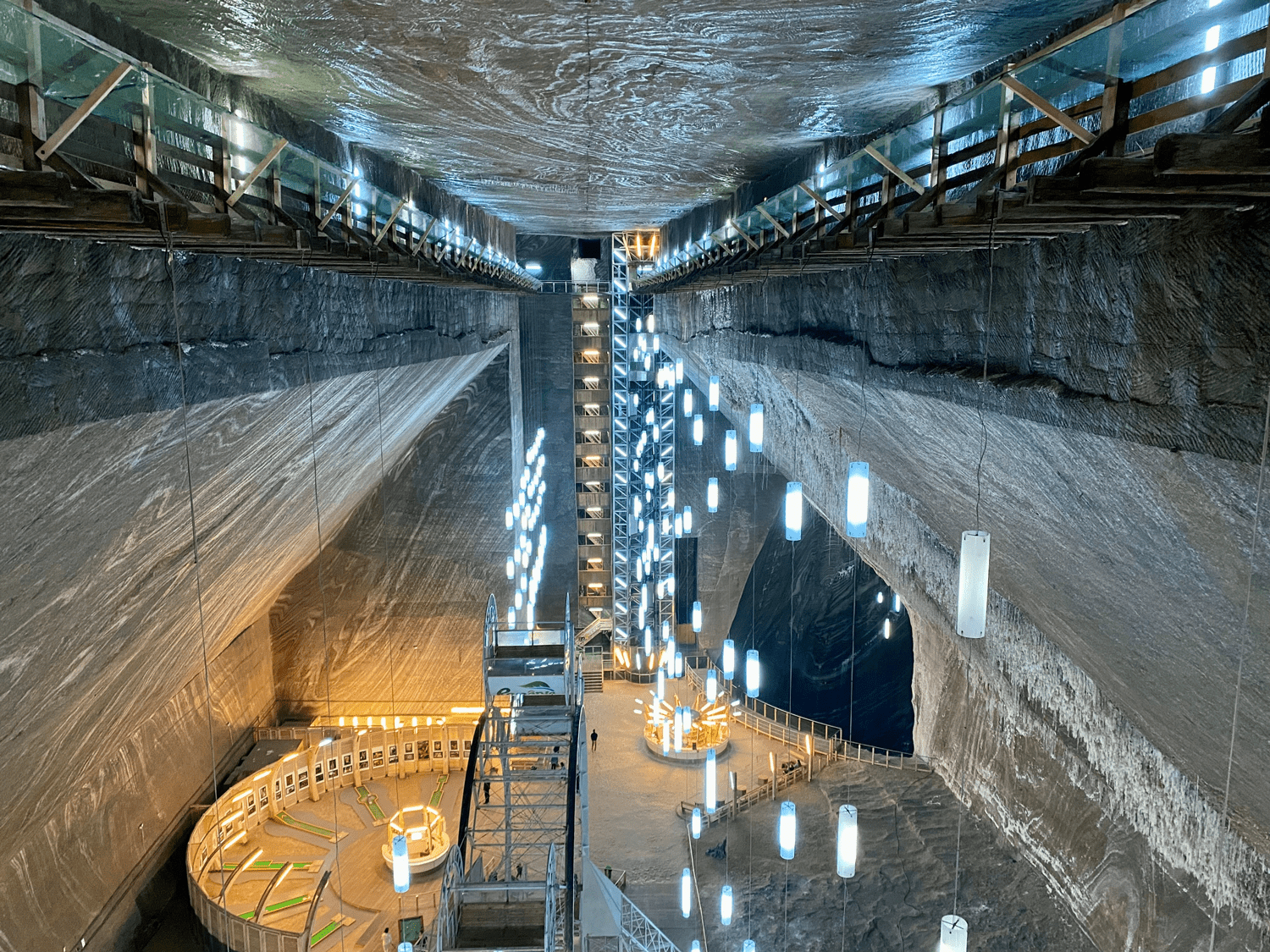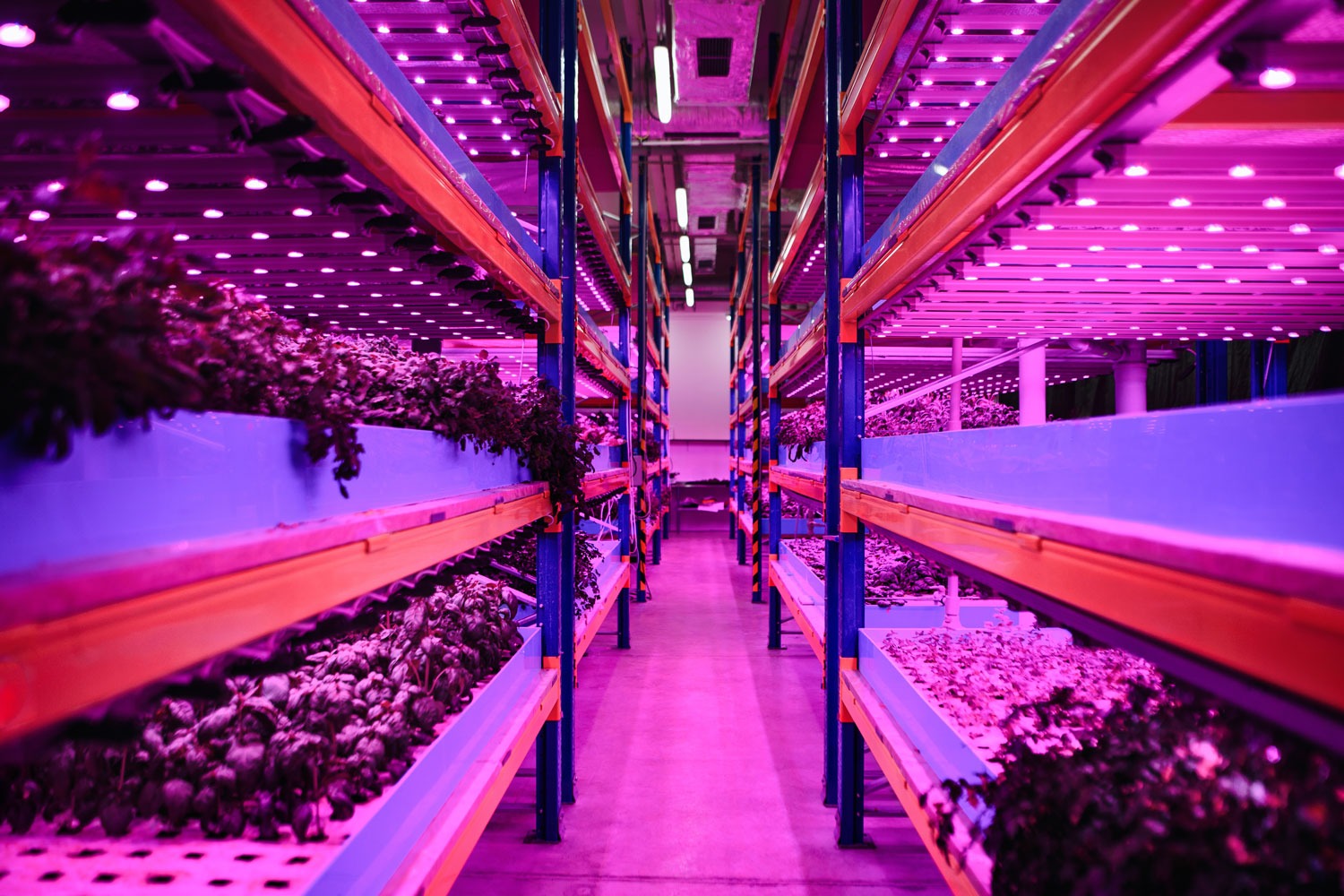Tunnelling for the future
Join us on a captivating journey into the realm we’ve inhabited for three decades – the underground. This exploration delves into the significance of subterranean spaces for humanity, examining their historical roles, current uses and future potentials.

A retrospective glance at underground history
What comes to mind when considering ancient underground structures? Those familiar with Istanbul might instantly think of the Basilica Cistern. Built in the 6th century AD, this marvel once stored up to 80,000 cubic meters of water for the residents of Constantinople. Travelling to France, the Lascaux Cave showcases prehistoric art dating back to around 15,000 BC. Whilst in Vietnam, the Cu Chi tunnels reveal a vast network of underground passages that once included bedrooms, kitchens, and armouries. Over millennia, our ancestors have used subterranean spaces for shelter, worship, burial, defence and resource extraction.

The evolution of our relationship with the underground
Today, underground areas primarily serve infrastructural purposes, such as transportation systems, subways and highways. These tunnels connect cities across challenging terrains like mountains, optimising space in dense urban settings and improving transportation efficiency. Furthermore, robust underground water and sewage systems are crucial for maintaining sanitation and quality of life in metropolitan areas. With the United Nations projecting a global urban population increase to 5.2 billion by 2030, innovative underground solutions for supply, waste management, and transportation are increasingly vital for sustainable urban development.

Pushing the boundaries of tunnel construction
Underground spaces are not just about infrastructure, but also scientific research and innovation hubs. Scientists conduct experiments in underground labs, studying geological and biological phenomena that are not feasible above ground. Additionally, underground facilities play a crucial role in agriculture; for instance, the Svalbard Seed Vault in Norway, acting as a “Noah’s Ark for seeds,” preserves the necessary genetic diversity of crops. In cities like Taipei, Seoul and London, abandoned subway tunnels are transformed into vertical farms that cultivate vegetables and herbs.

“Sponge cities” are another innovative concept designed to absorb and manage rainwater effectively to prevent flooding. Creating a sponge city needs a blue-green infrastructure, with blue elements such as wetlands, ponds, rivers and floodplains co-existing with green spaces such as parks, forests and rooftop gardens.
Cities like Helsinki and Montreal are embracing underground leisure facilities, which provide refuge from harsh weather and enhance urban liveability. Given the likelihood of climate change and more severe weather events, the need for such sheltered spaces is sure to grow, presenting challenges for water and air supply and waste disposal. Creating appropriate solutions will require planning, ingenuity and collaboration; all underpinned by a people-centric ethos.
Underground spaces are used not only for infrastructure, but also for the preservation and transmission of knowledge – including entertainment and fun. A stunning example is Salina Turda in Romania, a former salt mine that has been transformed into a subterranean attraction. Dug deep into the earth during the Middle Ages, the mine now welcomes visitors to explore its vast halls, offering a glimpse into history while providing a unique space for relaxation and leisure.
A vision of tomorrow: The role of technology in shaping underground spaces
As we look towards the future, the potential of underground spaces continues to expand. And innovators like Herrenknecht and VMT will certainly play their part, inventing the technological advances needed to build tunnels that support urban growth and sustainable transport, to create subterranean habitats and climate-resilient infrastructure – the possibilities are immense. Mechanised tunnelling, guided by digital solutions, will ensure faster, safer, and more precise constructions beneath our feet. As cities face challenges from population growth to climate change, these underground spaces will become vital resources, unlocking new ways to live, work, and thrive below the surface.
